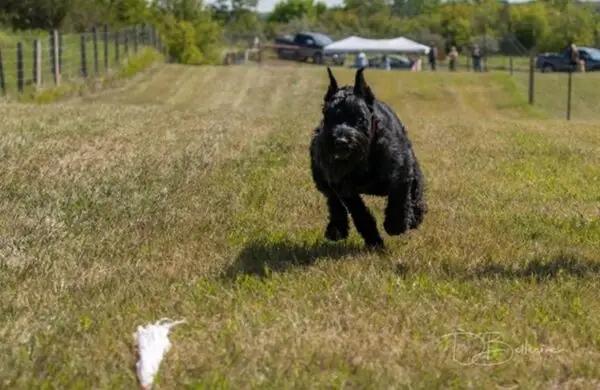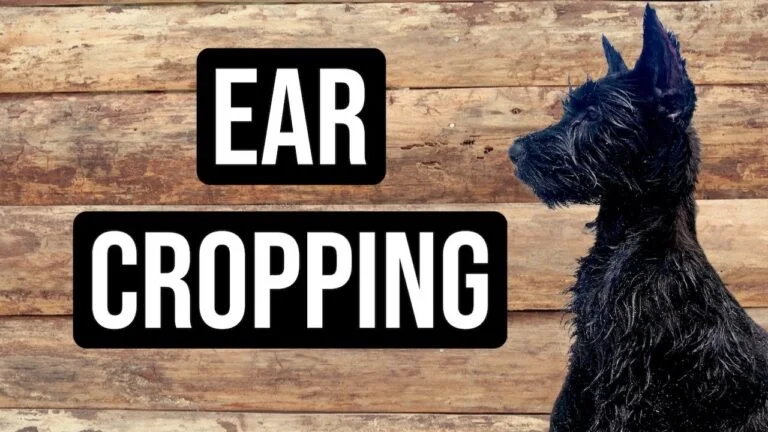Why Do Schnauzers Shake? Unraveling the Mystique Behind Their Trembles
With its distinctive beard and watchful stare, the poised and charming Schnauzer frequently startles its owners by shaking violently. Why would a breed this robust engage in such behavior? It’s important to think about the emotional, environmental, and health-related aspects impacting Schnauzers in order to demystify the chills.
The Range of Emotions: From Joy to Fear
Canine behavior is significantly influenced by emotions. Let’s examine the feelings that could set off a Schnauzer’s trembling:
- Energization and passion
Every owner of a Schnauzer is familiar with their characteristic happy dance when it’s time for a walk or dinner. This enthusiasm might occasionally be felt as tremors. - Anxiety and Stress
Large crowds, strange environments, and loud noises like thunder can frighten a Schnauzer. They frequently shake as a result of this tense energy. - Calling for Focus
Given their intelligence, schnauzers may tremble or display other behaviors to get their owner’s attention.
Environmental Elements
A Schnauzer may tremble for a variety of reasons, some of which are caused by outside variables:
- Cold Weather
Schnauzers can still be cold even with their thick double coat, especially in the winter or in damp weather. - After-Bathing Conduct
Dogs naturally shake their bodies after baths to help them dry off and adjust to the unusual feeling of being wet. - Excessive effort
When a Schnauzer has engaged in vigorous play or exercise, it may shake to help cool down and regain body temperature.
Health-Associated Issues
Some medical conditions can cause Schnauzers to shake:
- Pain or Unease
Dogs who are in pain may tremble, just like people. It could be the result of any discomfort, an injury, or an upset stomach. - Factors Related to Age
Elderly Schnauzers may tremble from joint discomfort, weak muscles, or diseases like Canine Cognitive Dysfunction (which is comparable to human dementia). - Dangerous Situations
Persistent shaking, however less frequent, may indicate more serious problems such as kidney illness, poisoning, or seizures.
How to Reduce Shaking in Your Schnauzer
Recognizing the root cause is the first action. The following is what you can do:
- Warmth: If the cold is the cause, make sure your Schnauzer has access to a warm place or, in the winter, think about getting them a doggy sweater.
- Safe Spaces: A calm, safe haven where a nervous Schnauzer can hide out and unwind is beneficial.
- Frequent Check-ups: Attend veterinarian appointments on a regular basis to identify and treat potential health problems early.
- training: If your Schnauzer shakes to get attention, training might assist by rewarding good behavior.
Answers to Frequently Asked Questions
- Are Schnauzers the only dogs who can shake?
No, shaking is a common occurrence in many dog breeds for a variety of causes. - How can I tell a harmless tremble from a worrying one?
Clues can be found in the duration, frequency, and concomitant symptoms. A vet visit is necessary if there is prolonged or frequent shaking, especially if there are additional indications of concern. - Do young Schnauzers shake more than do older dogs?
Puppies may tremble for a variety of reasons, such as enthusiasm, fright, or heightened cold sensitivity. Puppies who shake frequently, though, should be closely observed.
In summary
Even though your Schnauzer may be shaking, it can be comforting to know that there are many other causes for it. It’s a dance of figuring out what’s going on, whether it’s a chill, a little thrill, or something more serious. Your Schnauzer can live a happy, shake-free life as long as you keep an eye on them and take them to the vet on a regular basis.








